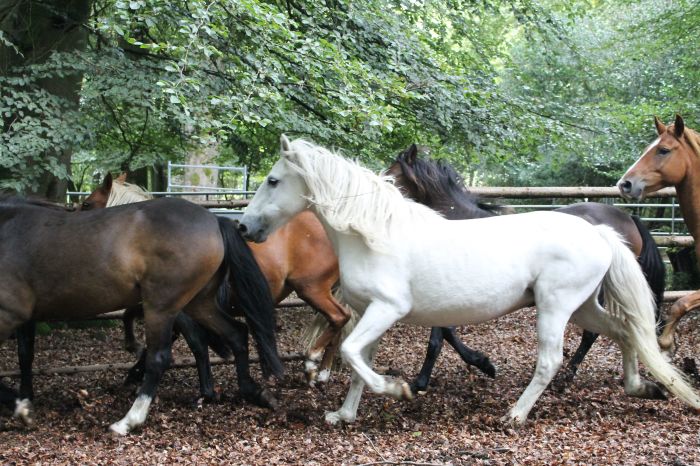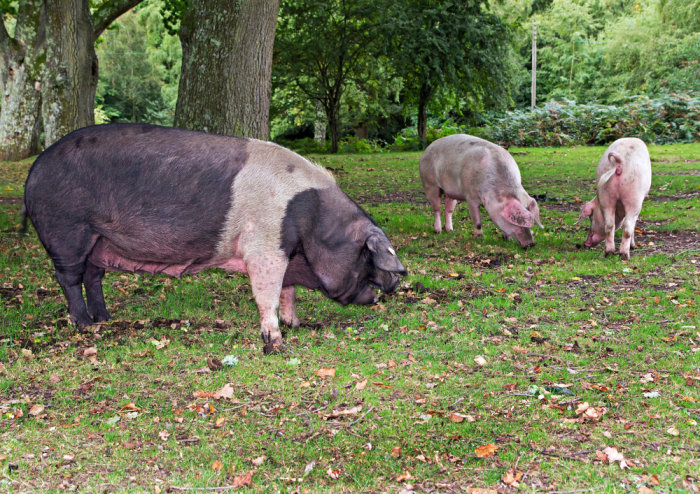Autumn is a time when the traditional rural practices and cultural heritage of the New Forest come alive. The annual drifts, or pony round-ups, that were ordered by Henry VIII in 1540, are in full progress and are still conducted using methods that would be recognised in the sixteen century. The wild, free-roaming ponies are herded together by the Agisters and commoners, who are mounted on horseback, and driven into ‘pounds’, which are wooden corrals that act as collection and holding pens, from where they are processed. Most will be released back onto the Forest but others may be taken away for sale or to be trained and schooled as riding ponies. The riders on the drifts have to be proficient in the saddle, as the round-ups are fast-pasted and unpredictable, covering all sorts of different terrain. Their mounts, usually New Forest ponies, need to be equally competent to the task requiring agility, obedience and stamina in order to bring the herds of wild ponies in. As the season progresses the heathland changes colour and the round-ups take place among the falling autumn leaves. The drifts usually start in about late August and may go through into November.
In September Pannage season starts. Those commoners who have ‘Common of Mast’ are permitted to turn their domestic pigs out on the Forest. This is a traditional way of fattening the pigs on acorns, beech mast and fallen apples before they go off for slaughter. However, the pigs also perform a very important function by eating the acorns that fall from the oak trees at this time of year, which are very poisonous to ponies, cattle and deer. Pigs do not seem to be affected by the toxins in the acorns that can kill the other commonable animals and eat large quantities whilst they are at large, thus reducing the risk of the ponies or cattle eating them. In days gone by Pannage dates were fixed but the New Forest Act of 1964 made it possible for the Forestry Commission, after consultation with the Verderers of the New Forest, to set the dates for any suitable term of not less than sixty days. Last year there was such a bumper crop of acorns, known as a Mast Year, that the Pannage season was extended twice. With fewer pigs turned out a longer season was needed to enable the hogs to eat the bonanza of fallen acorns. Seeing the pigs roaming free is a traditional New Forest spectacle and sure sign of autumn. At this time of year also look out for bakers or sweet shops selling pig-shaped biscuits or confectionery in celebration of Pannage season.
To get a glimpse of being on a New Forest pony drift watch these videos!
Beaulieu: https://www.youtube.com/watch?v=e5CmQgwoAHw
East Boldre: https://www.youtube.com/watch?v=4y_bCeYu608




You must be logged in to post a comment.